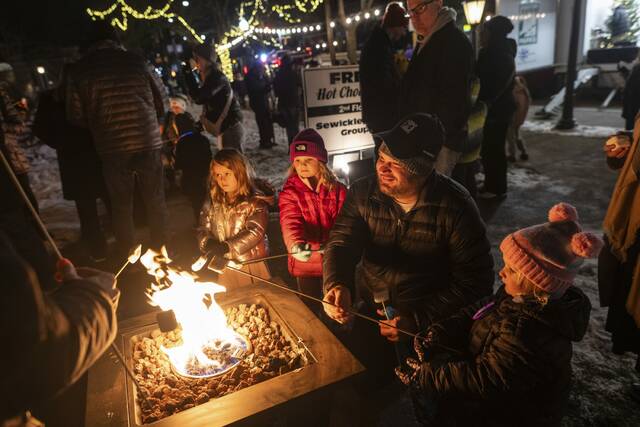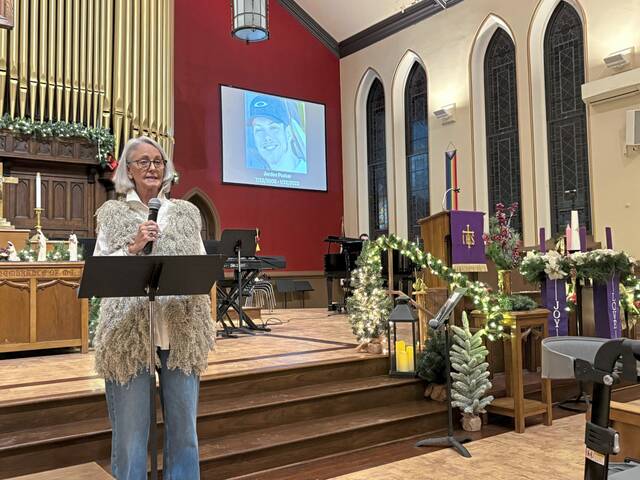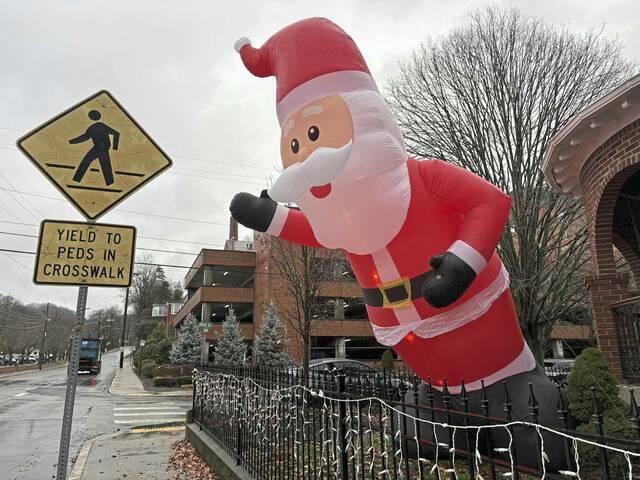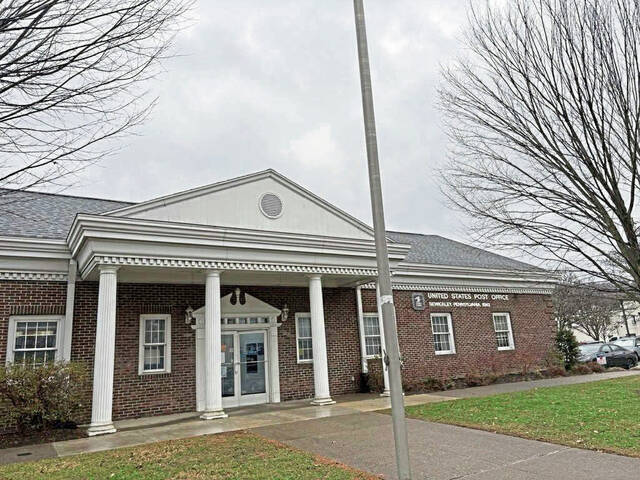A state nonprofit devoted to historic preservation has added a former convent, Catholic school and private residence in Sewickley to its at-risk list.
The Herbst House, which has stood for more than 139 years and is part of Divine Redeemer Parish, was recently placed on the “Pennsylvania At Risk” list by Preservation Pennsylvania.
The list is an annual compilation by the private statewide charity dedicated to helping people protect and preserve the historic places that matter to them.
Other buildings on this year’s list were the old Montgomery County Prison, also known as Airy Street Jail in Montgomery County, and the State Correctional Institution of Pittsburgh, also known as Western Penitentiary in Allegheny County.
“Each of the buildings on this year’s At Risk share a common theme: they are perceived as no longer useful to their owners. Yet each is ripe with potential for reuse,” said Preservation Pennsylvania’s executive director Mindy Crawford. “Saving the craftsmanship, saving the materials from a landfill, saving the distinctive architectural contribution to the streetscape are all good reasons to preserve. Imagine pointing to any of these revived buildings 50 years from now and saying, ‘I remember when they wanted to tear that down.’”
Parish officials were in talks with local preservation groups to see what could be done about the historic building. Those talks have since stalled.
The Herbst House nomination to the list was compiled and submitted by the Sewickley Valley Historical Society Architecture Committee.
“We hope this brings positive leverage to the discussion table,” said committee chair Teresa Duff. “This is the first time SVHS has nominated a building to Preservation Pennsylvania. We will work with them and learn how this side of the process goes, the benefits and challenges of elevating a local historic asset to the statewide level while remaining true to our mission, to highlight our shared history of the Sewickley Valley.”
Preservation Pennsylvania would be able to connect the historical society with other resources from across the state to help its cause.
The organization can also provide letters of support for any grant writing, which may result in leveraging funds for preservation planning and construction work.
Sewickley council president Cynthia Mullins said she hopes the historical society’s push for the at risk designation will spark more discussions.
“(This) continues to show how much this community values historic preservation,” Mullins said June 25. “We are still hopeful that the Diocese will come to the table and begin engaging with the preservation community in a meaningful way.”
How we got here
Parish officials want to raze the property along Broad Street in the historic district due to safety concerns.
The parish includes St. James Church in Sewickley and St. Mary’s Church in Aleppo.
The three-story mansion has been vacant for about three decades. It was built in the late 1800s and owned by D.C. Herbst, of the Independent Natural Gas Co. and Standard Oil Co.
The home was sold to the church in the early 1900s for $12,000. It became the first home of St. James School when it was dedicated on Dec. 6, 1913, according to church records.
Diocese officials said the structure was unsafe and has further deteriorated primarily due to water penetration from the roof. Vegetation also reclaimed a portion of the property.
They had argued for its demolition and were denied twice, once by historic review commissioners in August 2022 and then by council in April 2023.
Estimated restoration costs at the time were around $3.7 million. Those figures were likely to have gone up due to inflation.
A report from the borough’s engineering firm Gateway Engineers indicated the Herbst House could be saved. However, the report did not have cost estimates.
“It was a salvageable structure overall,” engineer Mike Galet reported at last April’s council meeting. He also noted a lot of damage was attributed to the roof, which caused water damage to the underlying joists.
Catholic Diocese of Pittsburgh officials appealed council’s decision to the Allegheny County Court of Common Pleas.
The diocese claimed it was not afforded due process because it was denied the opportunity to confront and cross-examine the borough engineer regarding his findings of the property, court documents read.
Judge Mary C. McDinley issued an order in December and remanded the case to council to allow cross-examination and “consider further evidence on whether the property in issue is structurally salvageable,” according to court documents.
Borough manager Donna Kaib said no requests for a hearing or meeting were submitted as of June 25.
At Risk results
Being an “at risk” property does not just mean being destined for demolition. The list is also for sites with encroaching development and other factors that “would make preservation of it difficult,” Crawford said.
Criteria to be on the list include the property being of architectural or historical significance, having a local community group or others working to save it and if the listing could make a difference.
“If an application came in and the demolition permit was attached to the front door and bulldozers were moving in we wouldn’t put it on the list because it’s too far gone,” Crawford said.
Preservation Pennsylvania has a near 45% success rate in saving or partially saving at-risk sites since listings started in 1992.
Partial saves mean a portion of the building or site remained despite efforts to demolish or repurpose it.
A structure could also be moved and classified as partially saved because it still stands just in a new location.
Crawford said 258 properties from across the state have been listed at risk. From that, 89 were saved, 28 were partially saved, 58 were lost and 81 remain at risk.
Organization records indicate saving a property could take five years or longer.
Crawford said she plans to reach out to the Diocese, the historic society and the borough in July to discuss the Herbst House.
This is not the first time Preservation Pennsylvania has tried to work with the Diocese to save one of its properties.
Pittsburgh’s Immaculate Conception Church was added to the list in 2022 after it was closed.
The church remains closed and is still on the list.
Diocese officials did not respond to multiple messages seeking comment.








